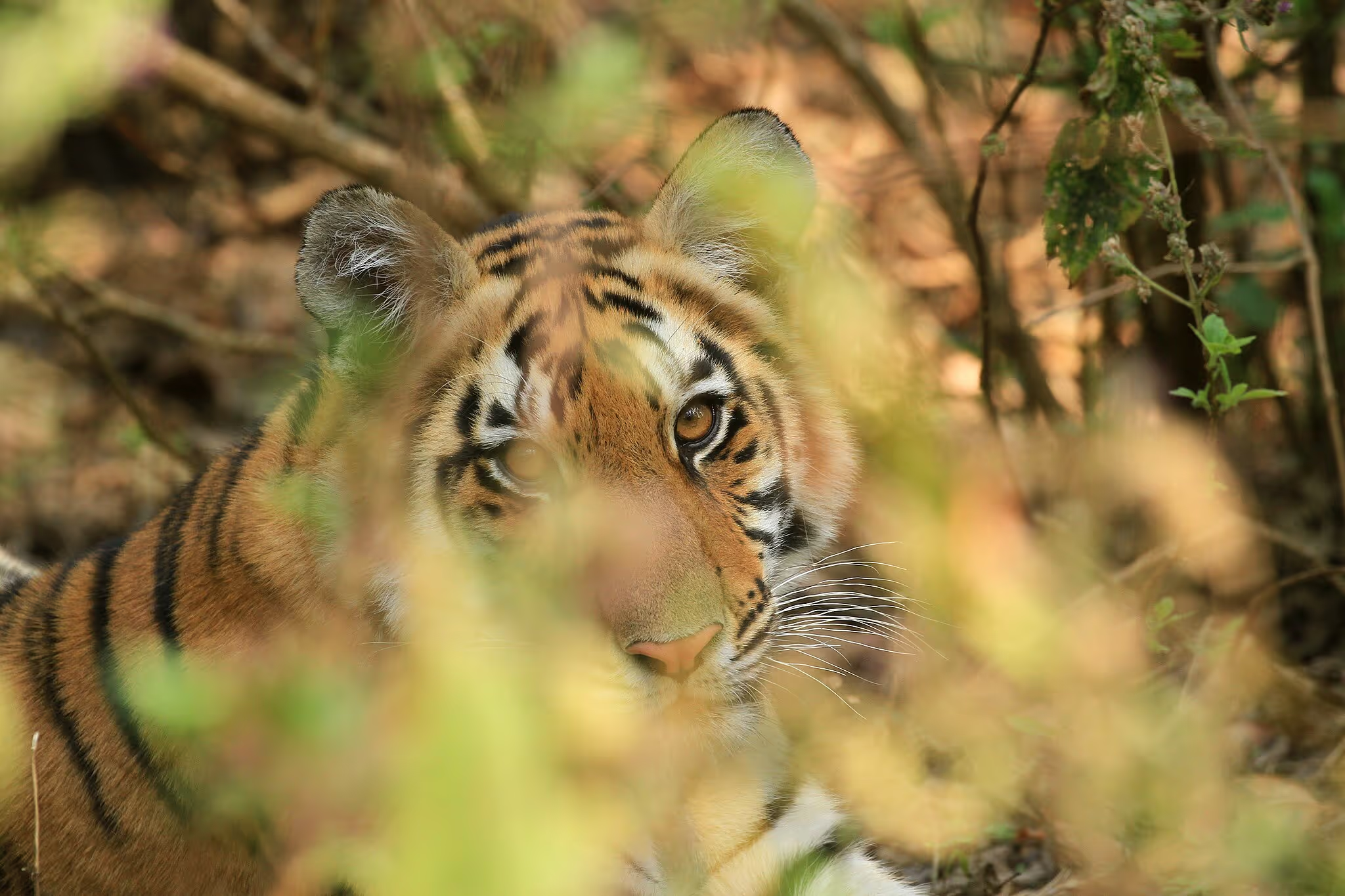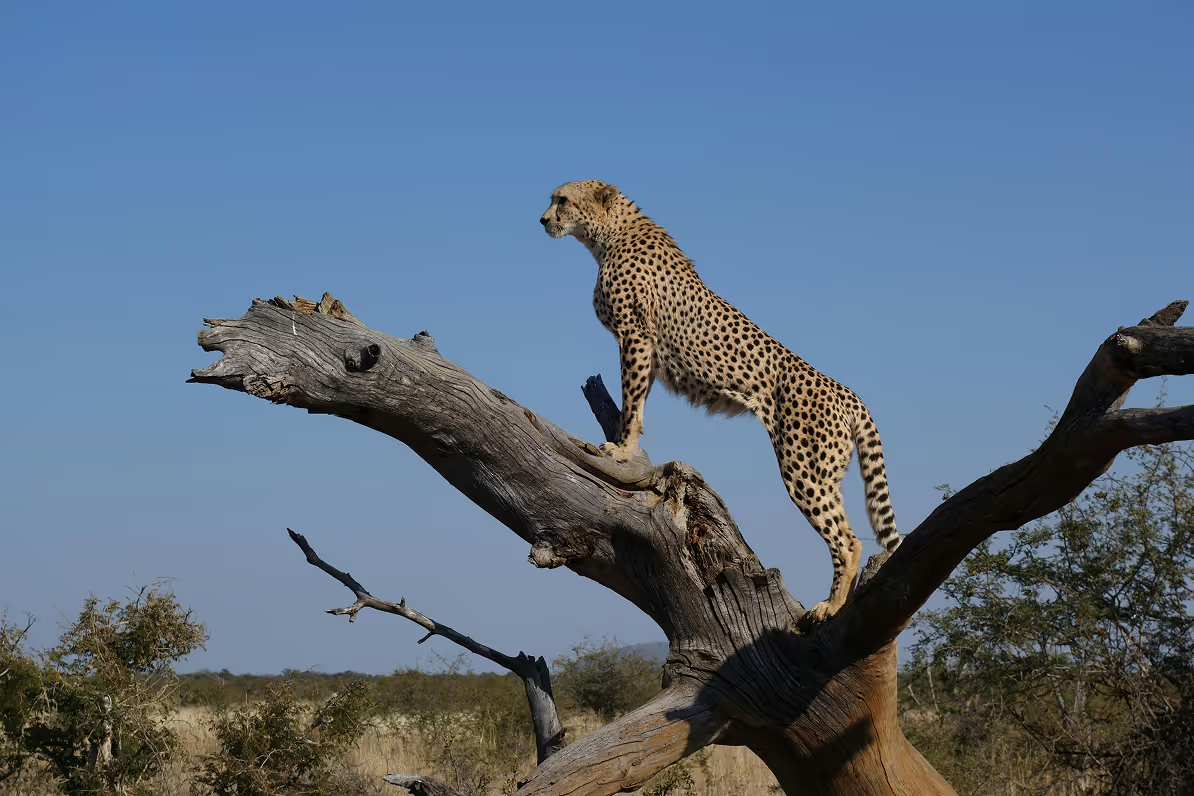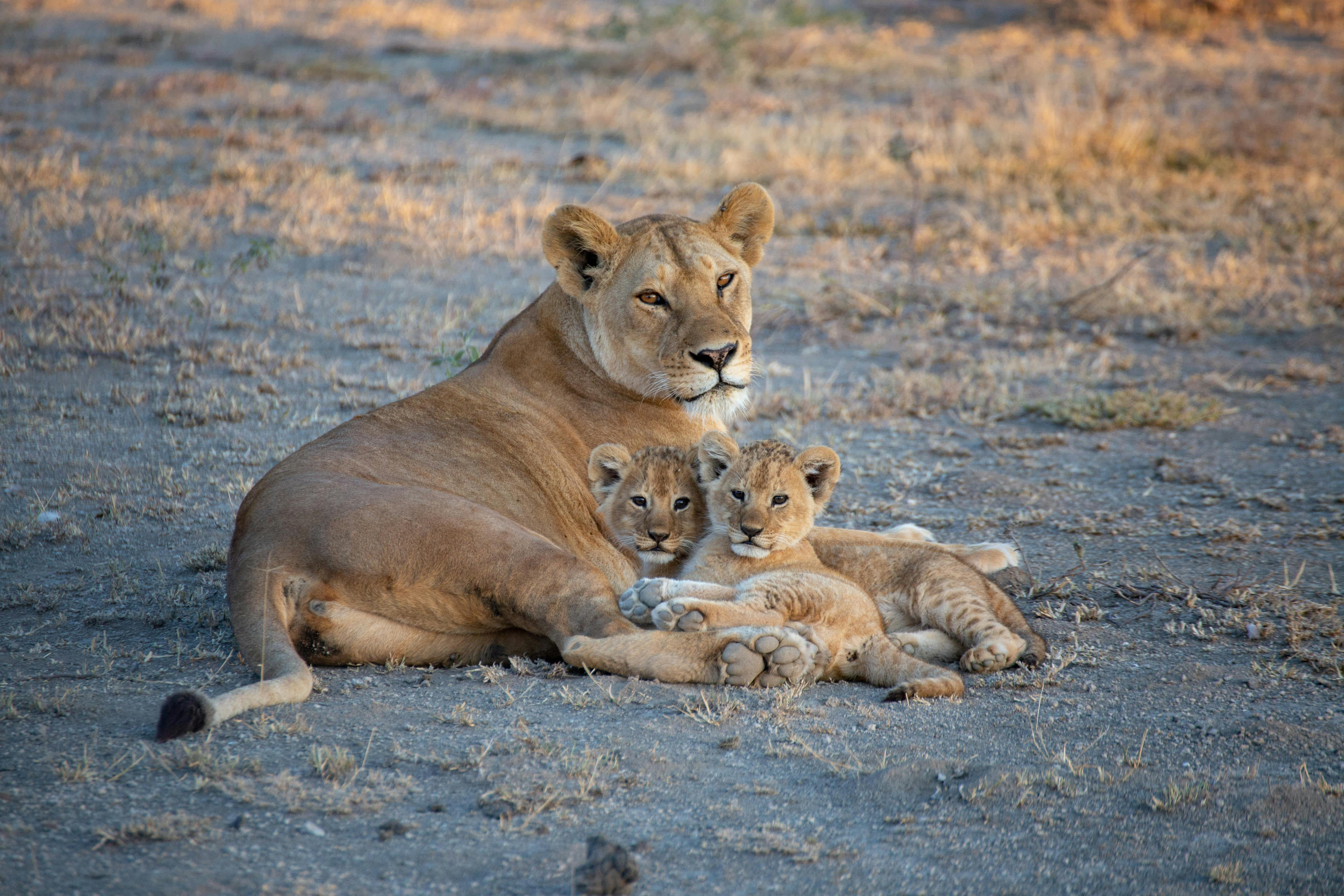

Apex predators, adaptation, and conservation
Apex predators, adaptation, and conservation

Big cats are among the most iconic and endangered animals on Earth. From the savannas of Africa to the mountains of Asia and the rainforests of the Americas, these apex predators have ruled the wild for millions of years.
In this unit, students explore how lions, tigers, leopards, jaguars, and other big cats evolved, adapted, and shaped ecosystems worldwide.


This unit explores bird biology, behaviour, and the environmental challenges they face.
Survival Across Continents
● Trace the evolutionary history and global spread of big cats — from ancient ancestors to today’s lions, tigers, and jaguars.
Built to Thrive
● Examine how stealth, strength, speed, and camouflage help big cats adapt to different habitats.
Predators and the Planet
● Explore how apex predators control prey populations and support biodiversity.
Pressure and Protection
● Understand how habitat loss, climate change, and human-wildlife conflict affect big cats today.
Taking Action
● Discover conservation strategies and how young people can contribute to wildlife protection.
This unit integrates curriculum science with real-world conservation.
Scientific Foundations
● Classify big cats and trace their evolutionary relationships
● Compare anatomy and adaptations across species
● Understand communication, territory, and reproduction
● Explain the ecological role of apex predators
Real-World Applications
● Identify threats to big cat survival across regions
● Evaluate conservation efforts like rewilding and anti-poaching
● Interpret data and case studies on human impact
● Propose solutions through student-led conservation projects


Everything you need to deliver this unit with confidence:
✔ Lesson plans
✔ Canvas project template
✔ Discussion prompts & extension activities
✔ Student certificates
✔ Assessment criteria

Partnered to deliver trusted, conservation-focused learning resources.

Supporting young people in Scotland to build a nature-rich future.